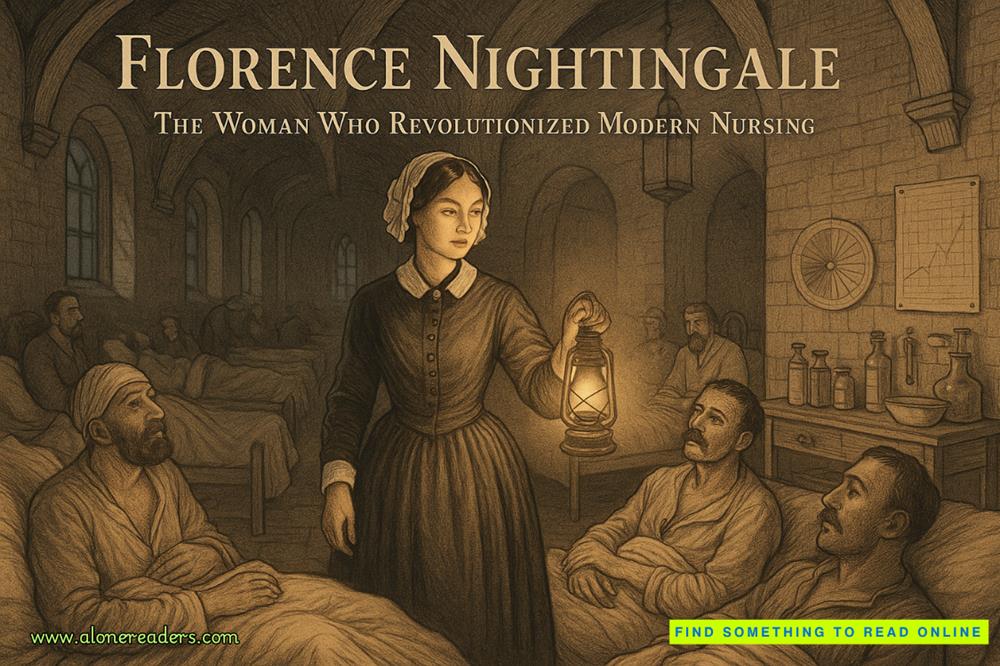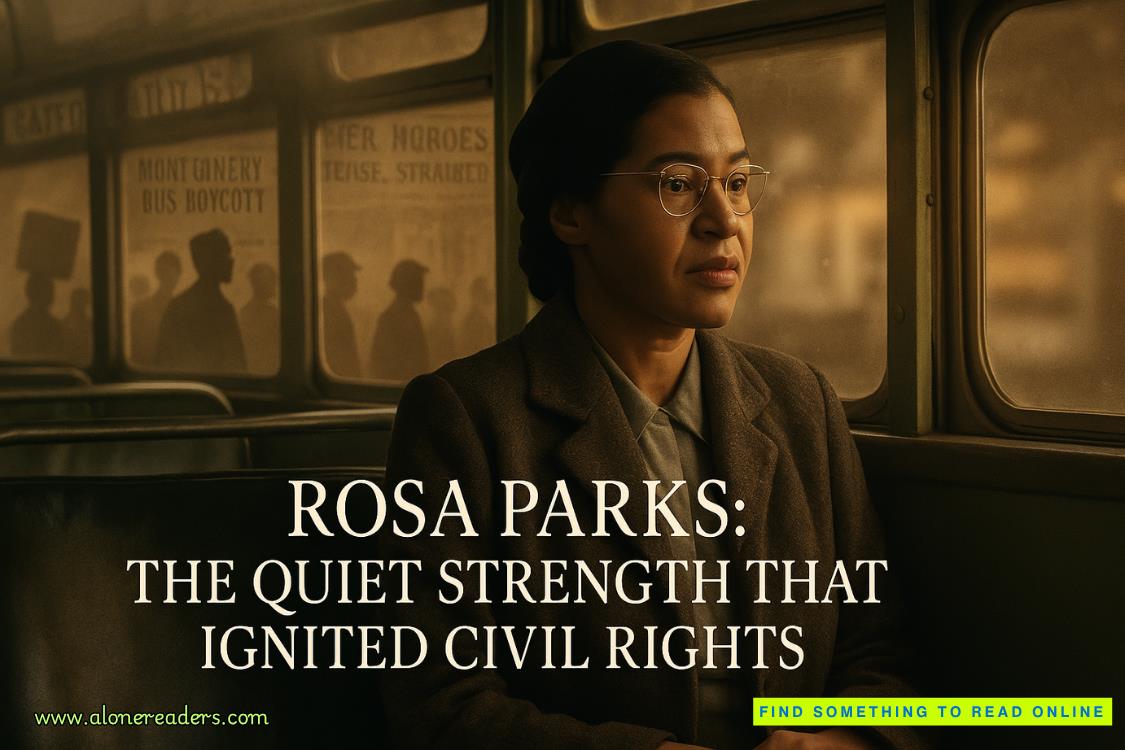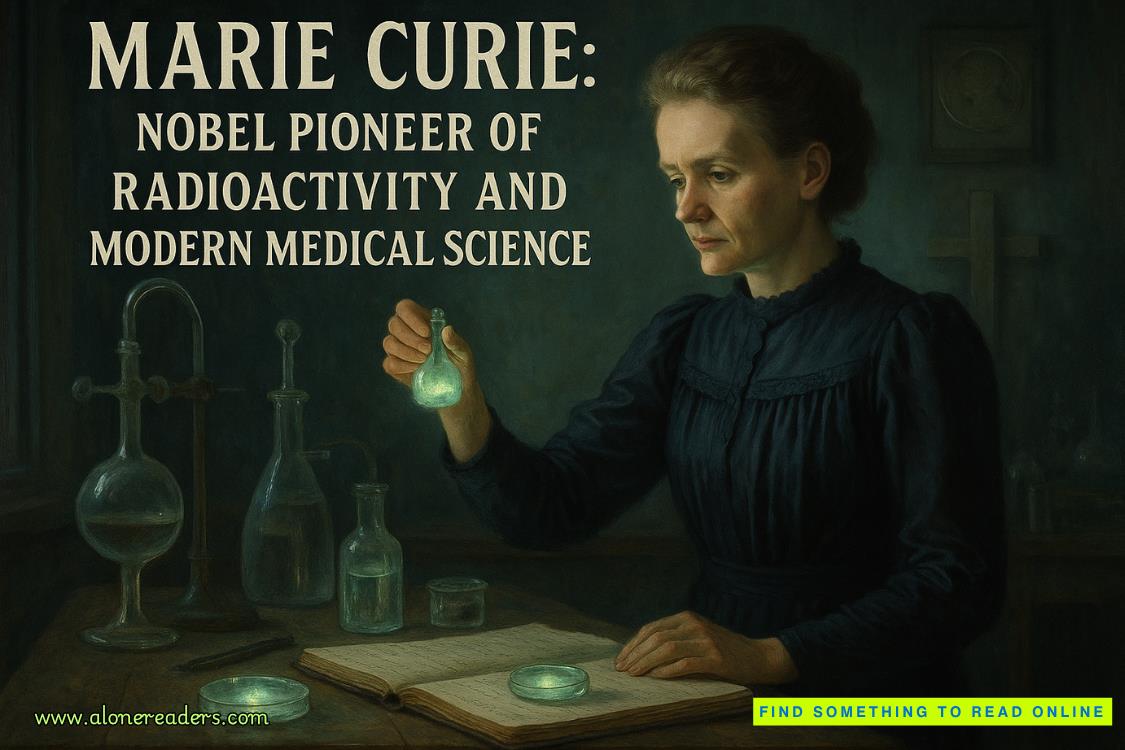Page 1 of Oar Than Friends
1. Arthur
(Auditioning for the intelligence services)
‘Charlie, can you keep your bloody voice down?!’ I hissed for the seventeenth time, wondering why we’d brought him along.
Then I remembered we had to, plus he was the only one who owned a collapsible ladder.
Don’t ask.
‘Sorry, Oz,’ he whispered, leaning said ladder against the wall of the Cambridge University Boat House before turning to me.
I pressed down on the speaker in my earpiece, ‘Are we all clear?’
‘Clear,’ replied Bitters, our five, from behind the bush where he was standing fifty metres up the River Cam to the left.
‘Clear,’ echoed Drake, our Canadian number four, who was in a similar spot to the right.
We were good to go.
I glanced over to Charlie, who was silently – for once – waiting for me to give the signal to begin what was considered our second most important mission for the upcoming school year; behind winning the Boat Race.
And what exactly was this mission which had eight of my Oxford crewmates and me exclusively dressed head-to-toe in black, and standing outside a place we had nobusiness standing at any time, let alone at eleven p.m. on a Saturday night in late September?
One word, plain and simple.
Rivalry.
And before you mistake that term for a little friendly competition, stop. When it comes to this particular rivalry, I’m talking about something so deeply rooted in history it wraps itself around your bones like a boa constrictor squeezing until you’re gasping for release. It’s a battle of wits brought to life through generations of competitiveness flowing through our dark- and light-blue blood.
It all began nearly 200 years ago when Charles Merivale, from the University of Cambridge, challenged his old mate, Charles Wordsworth, studying three counties over at Oxford, to a race. Naturally Cambridge lost, and so began the annual rematch.
A few years after that first attempt, a wealthy parent of a winning Cambridge boy (likely down to the shock offinallywinning) gifted the Cambridge University Boat Club a pair of golden oars. The originals, made of solid gold, were deemed too valuable – not to mention heavy – to be hanging in public and were promptly swept off to be housed somewhere safer; currently behind bullet-proof glass in the university archives like they’re theMagna Cartaor something.
In their place a pair of exceptionally less valuable, but equally important, wooden oars, painted in gold leaf, were hung above the entrance, to remind all rowers who entered the hallowed walls of the clubhouse that they would soon be part of greatness. The Cambridge crew was rightlyproud of their golden oars, and word soon travelled along the meandering rowing grapevine that they existed.
There they stayed, glinting in the sunlight, until the legendary Oxford rower, Sir Henry Billingsworth – who at that point in his life was just plain old Henry – thought it would be amusing to steal them. Actually, steal is too strong a word;‘borrow for the period of one rowing season’would be a better description. According to fable, Henry set off with eight of his crewmates on an expedition across Oxfordshire, Buckinghamshire and Bedfordshire and returned two weeks later, golden oars in tow.
In response, the Cambridge crew packed themselves up on their horse and wagon, or whatever the transport was in those days, and headed over the same roads and grassy terrain Henry had taken until they reached their destination and stole the oars right back, along with the prized Oxford University Boat Club crown. It was modelled on the crown in the Oxford University coat of arms, and kept in a case on top of the shelves of the boathouse and worn only by the president on the day he’s named. Suffice to say, it was important enough to the boys that it was quite a hullabaloo to have it stolen.
Thus began the somewhat-less-famous Oxford and Cambridge University Mascot War.
Over the years, both teams became exceptionally good at making the mascot as difficult as possible to steal, just as they’d all become equally adept at out-foiling the other. In fact, if any of us decided the career direction we were heading was no longer desirable, we would all ace a job in the intelligence services.
There have only been a few years when the plans havegone disastrously wrong, such as the great clubhouse fire of 1904; which we’re still not supposed to talk about lest it bring us all bad rowing luck for the year.
Or the time the Oxford boys decided to booby trap the crown in 1973, only they didn’t calculate the force of the explosives properly. It was supposed to have been akin to a loud bang, followed by the large cloud of a flour balloon popping. Instead, James Fentimen, the Cambridge number two, became disorientated by the sack full of strong white flour fogging the air around him, walked straight into a wooden column holding up the boathouse, and knocked himself out cold. He was unable to compete in races for two weeks.
At this point, both universities and the rowing federation which oversees all competition stepped in. While we would be allowed to continue with the heists, because‘it encouraged healthy competition and deepened the desire for all-round victory’, we now had to follow a set of rules.
The rules read as follows:
A heist must be undertaken without any knowledge of the team being ‘stolen’ from. If capture takes place, mascot must remain in situ and the next race of the season is forfeited.
A note must be left in the empty space, so as not to be confused with a legitimate theft.
Any mascot not already taken back by the rightful owners must be returned no later than twenty-four hours after the Boat Race has been completed.
No outsiders can be involved in the heist. Rowers only, including the coxswain.















